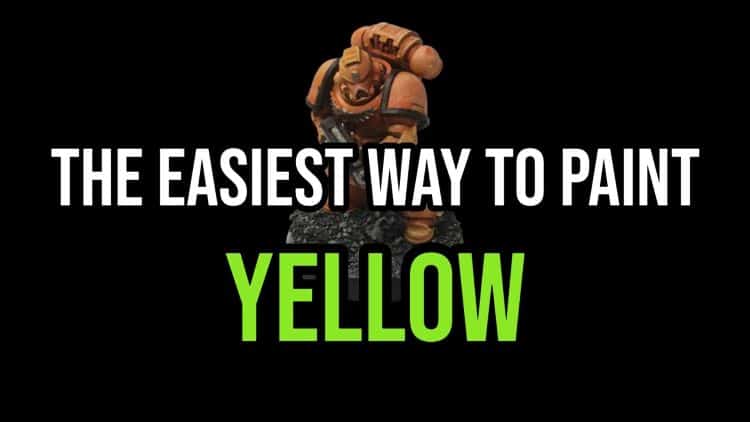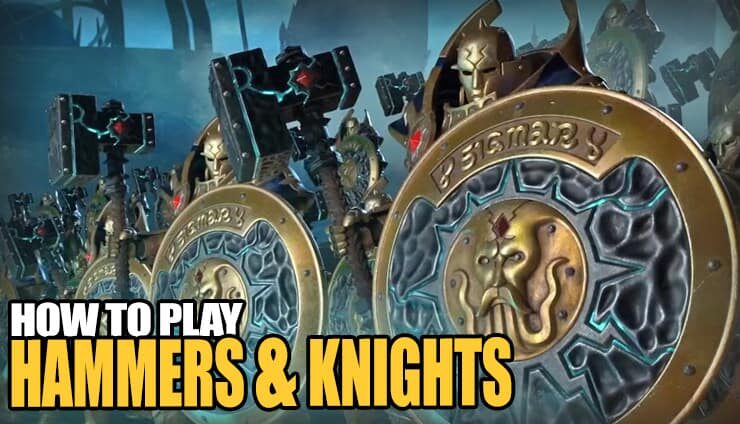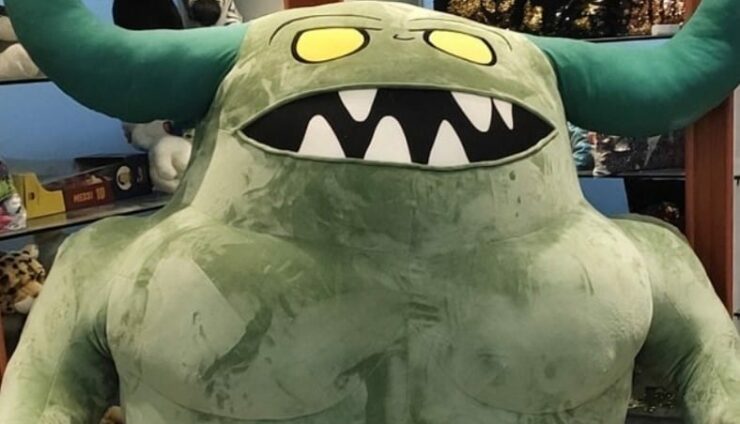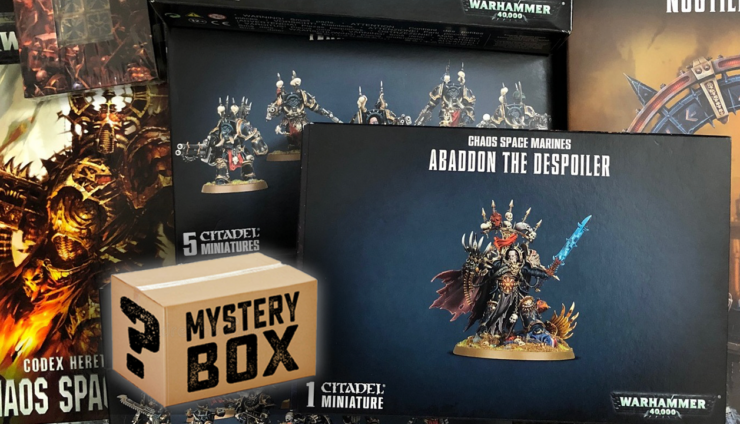 Yellow can be a tricky color to paint, especially across an entire army, here’s a tutorial guide that makes painting yellow on miniatures easy!
Yellow can be a tricky color to paint, especially across an entire army, here’s a tutorial guide that makes painting yellow on miniatures easy!
By using a long-forgotten technique, you can get a vibrant yellow army done in no time. Get your brushes and minaitures out and follow along with this tutorial for a guide on painting yellow made easy!
Fear & Loathing Painting Miniatures Yellow
Painting yellow miniatures has always been viewed as a challenge. The main reason behind all the hate and frustration is that yellow paint has a nasty tendency to cover very poorly, requiring multiple basecoats to barely get anything decently opaque.
This is mostly a myth of the old age of painting™, as with the prevalence of airbrushes and the now better covering paints (like Vallejo Opaque or Citadel Base) and the rise of airbrushes, which help with base coating pretty much any color, like in this video from Kenny Boucher.
The Easiest Yellow Ever

What this technique lacks in finesse, it more than makes up in its efficiency. This is what makes it, in my mind, the easiest yellow ever. I’s perfect for painting a large number of miniatures yellow in no time at all. This technique requires very little skill and no airbrush.
The technique we are using is called staining. Ironically for the bright yellow we are after, this technique is quite popular for grimdark models; think Blanchitsu, Inq28, and the like. But the principle is the same- a rich colorful base that we will mute down to white, and then bring back the color using a shade or a glaze. Where grimdark would use sepia or umber to bring this color, we will use a vibrant yellow.
Painting Yellow On Miniatures Step 1: Basecoat
I’m assuming your models already have an undercoat on, and for this, I think white is the best bet because it will make the base coat much easier to get smooth and opaque.

Alternatively, you can also get a Tamiya Spray Can in orange and also save a lot of time. What’s important to remember here is that our model is not staying this color at all, we just need a vibrant orange that will only poke through to give our yellow depth.
I would advise against using the Vallejo Heavy Orange or the Jokaero Orange from Citadel because although they might cover better in one coat, they are quite muted.
Step 2 – Drybrush
Time to aggressively drybrush our model with white. Pick your favorite for this, but make sure it is a ‘clean’ white, not an off-white. Even my ultimate favorite, Ulthuan Grey, won’t work here. I think this one was done with The Army Painter’s Matt White.

This is not the traditional drybrush, where we try and only highlight our miniature. For this technique, we are looking to drybrush the majority of the model, leaving the orange in only the recesses. If you are unfamiliar with dry brushing, you can check out this dollar e-book from our Kindle collection.
Now, even if this is quite an aggressive dry brush, you still want to go lightly, but with more passes. In these cases, too little is much, much better than too much. So make sure there’s really not a lot of white on your brush. You can spend extra time dry brushing areas where you want more highlights to make sure they pop.
You will notice from the picture that I really did a poor job cleaning the mold lines on the model’s left arm. This is an area where this technique’s strength, making details pop, can backfire. Not only will mistakes be revealed, but they will also be showcased by the drybrush and later by the shading.
Step 3 – Yellow
For this step, I used Games Workshop’s Casandora Yellow. With the shade/tint phase, we want to give the model one even coat, rather than apply it on like a barbarian you would with a wash.
This glaze will tie in the orange and white and turn everything in a bright yellow. It’s important here to try and get a smooth and even coat on the model. We don’t want to wash to pool into the recesses, we already have the orange to do this. We want to tint the whole thing in yellow.
Unlike the other steps, where the cool dad approach of taking whatever color you like it’s gonna work itself out, it is quite different for this step. I’m not suggesting that this technique is impossible without Casandora Yellow, but it will be significantly different if you use The Army Painter Yellow Tone, Vallejo’s Yellow wash, or even a thinned down Iyanden Yellow from the Contrast range.
Mind you, the model looks a little off at the moment, mostly because it’s all yellow, including the base.
And with just a basecoat on a few details and swapping the base for a completed one, our model looks transformed, and the yellow pops even more!
Small mistakes when adding the details you can usually fix with only the orange. If it’s more of a medium mistake, then simply repeat the 3 steps and try again. It’s really that simple.
You could call it a day here, and have all your miniatures painted yellow done in a weekend with this technique.
Or, if you want to try something more advanced, proceed with the optional highlighting
(Optional) Step 4 – Highlight

Adding a highlight to a few of the edges will give a cleaner finish, and will add extra definition to the joints and plates in your armor.
My favorite color for this is The Army Painter’s Moon Dust because it is very light and very vibrant. I would advise against using a bone color because you don’t want to mute the yellow.
We want it to Pop! Pop! Pop!
That does it for this miniature painting tutorial for yellow! Make sure to follow Hellfire Painting to see all of their great work and watch the video above for all the small details!
Go Follow Hellfire Hobbies Here!
This post contains affiliate links, as an Amazon Associate Spikey Bits earns from qualifying purchases.





